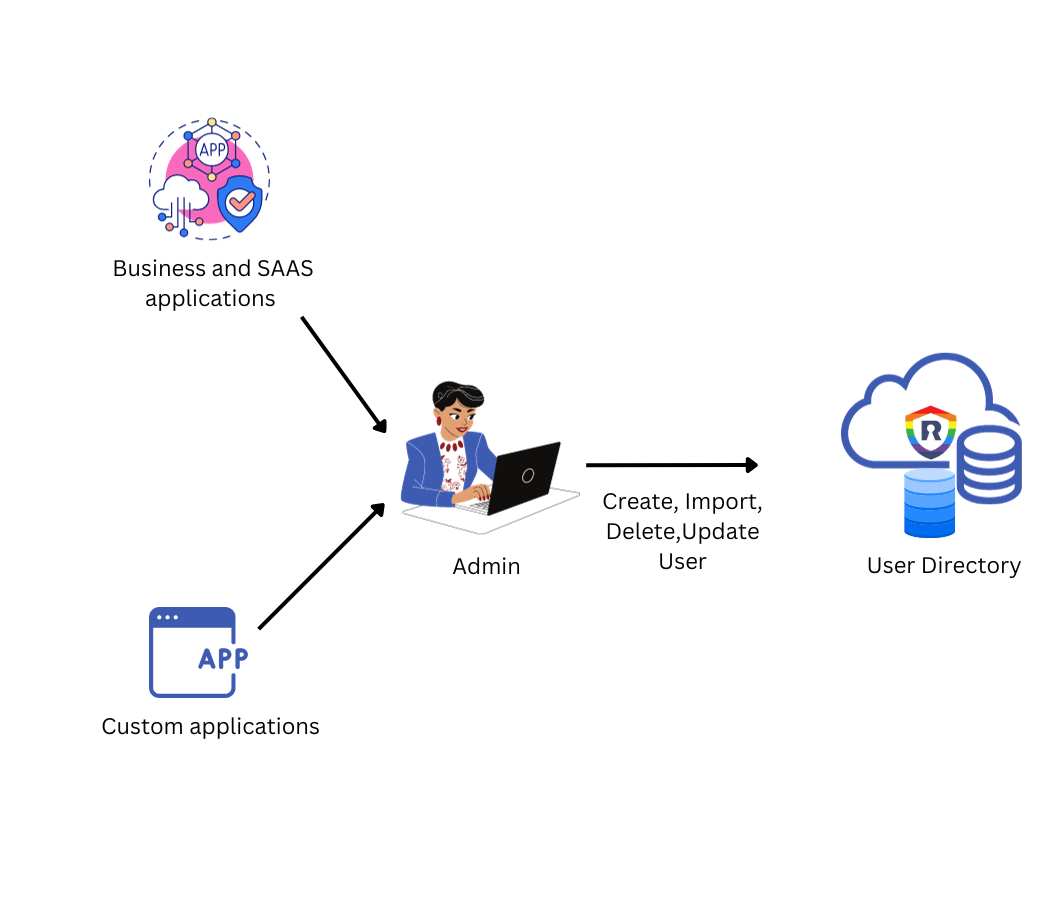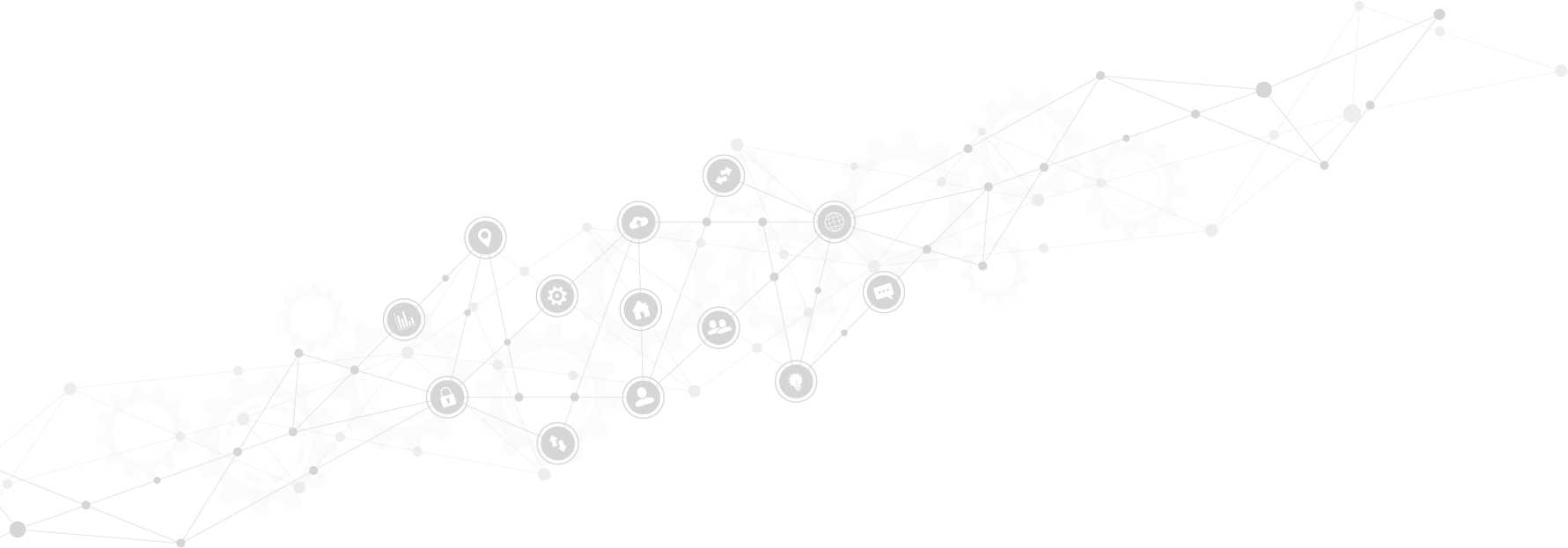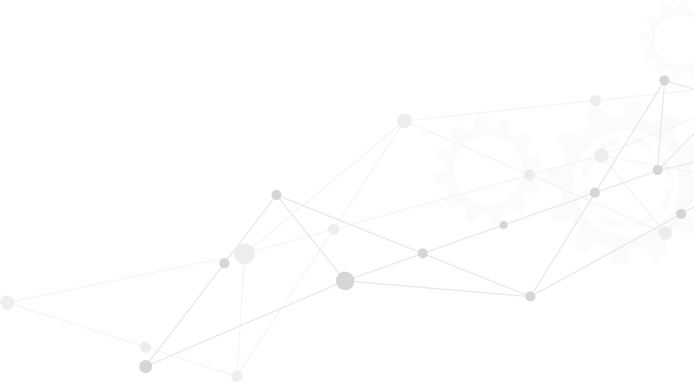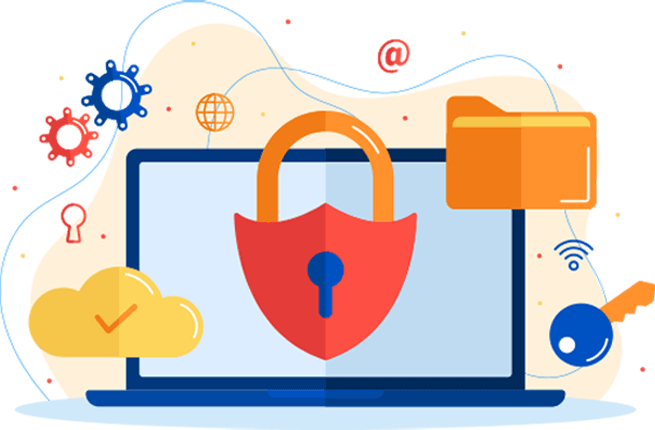What is User Provisioning & Deprovisioning?
User Provisioning is a process that makes sure users have the right access to the systems and applications they need. This involves creating, updating, and deleting user accounts, as well as giving or restricting access to different parts of these systems. User Provisioning is usually done when someone is hired, promoted, or moves to a different role in a company.
Deprovisioning is the opposite process and it involves taking away access when it’s no longer needed. This includes disabling a user’s account, removing permissions, and taking them out of groups or roles. Deprovisioning is usually done when an employee leaves a company or when access is not needed anymore. Both User Provisioning and Deprovisioning are important to make sure that access to systems and applications is secure and meets compliance requirements.
Deprovisioning is the opposite process and it involves taking away access when it’s no longer needed. This includes disabling a user’s account, removing permissions, and taking them out of groups or roles. Deprovisioning is usually done when an employee leaves a company or when access is not needed anymore. Both User Provisioning and Deprovisioning are important to make sure that access to systems and applications is secure and meets compliance requirements.
